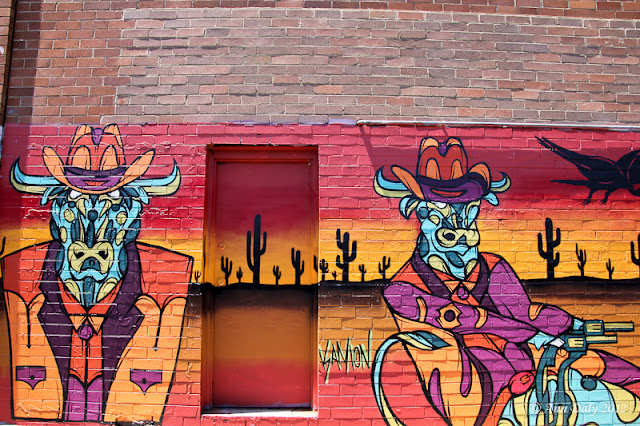The Downing Centre, was originally constructed in 1908 as retail premises for Mark Foys. It was originally a two storey building designed by Arthur Anderson of the architectural firm Mccredie & Anderson. In 1924, Spain Cosh & Epslin Architects in consultation with Ross & Rowe Architects were paid to design eight alterations and additions. The building was originally intended to cover the whole block but was not completed. It is now an 8 storey building with portions of the original building remaining intact. The façade employs the classical orders using white bricks with yellow faience work to the sills and cornices. Two corner towers with yellow pinnacles surmount the building. Art Nouveau influences are evident in the external detailing. Mark Foys closed in 1980 and was taken over by Grace Bros until who traded there until 1983. The building was converted for use as Courts in 1985 and is listed on the Register of the National Estate.
The Downing Centre is a major courthouse complex in Sydney, New South Wales, Australia. It features state government courts; Local Courts, the District Court of New South Wales and a law library known as the Downing Centre Library. It forms part of the Department of Attorney General and Justice, and as such houses court services and Sheriffs offices.

















































